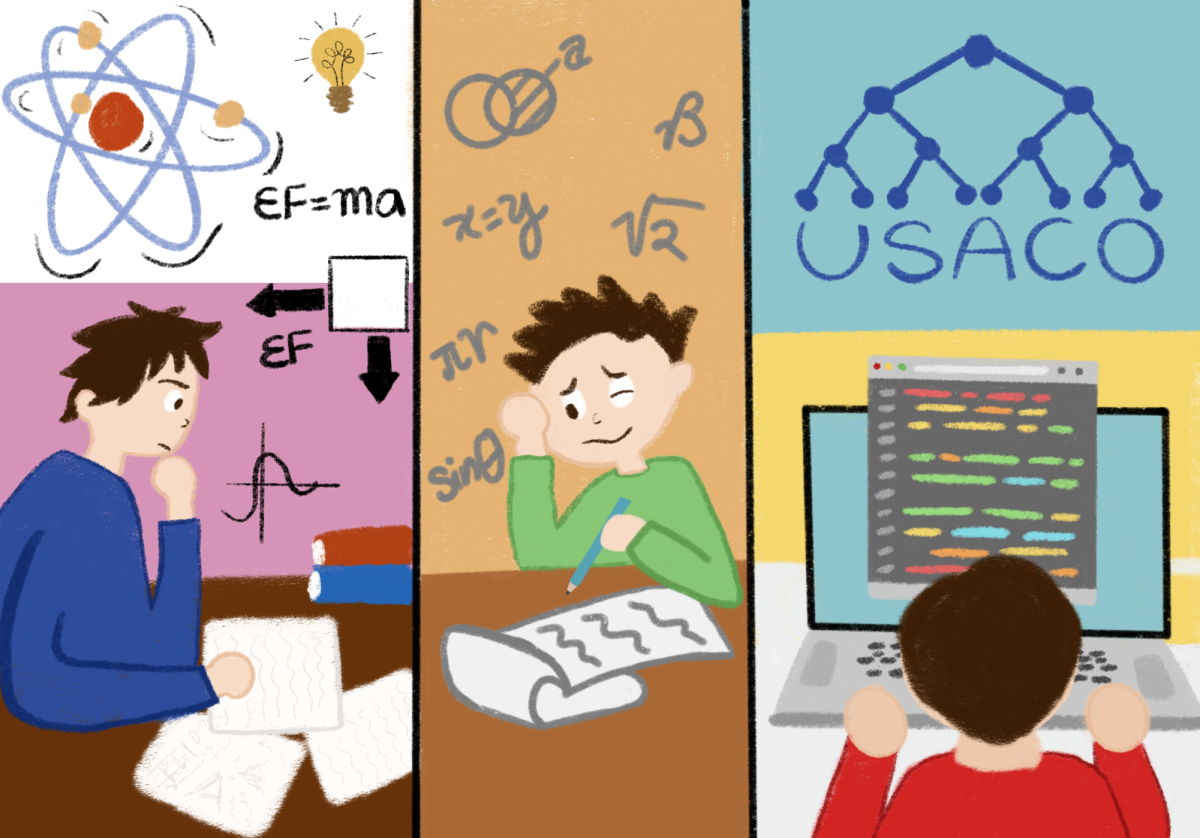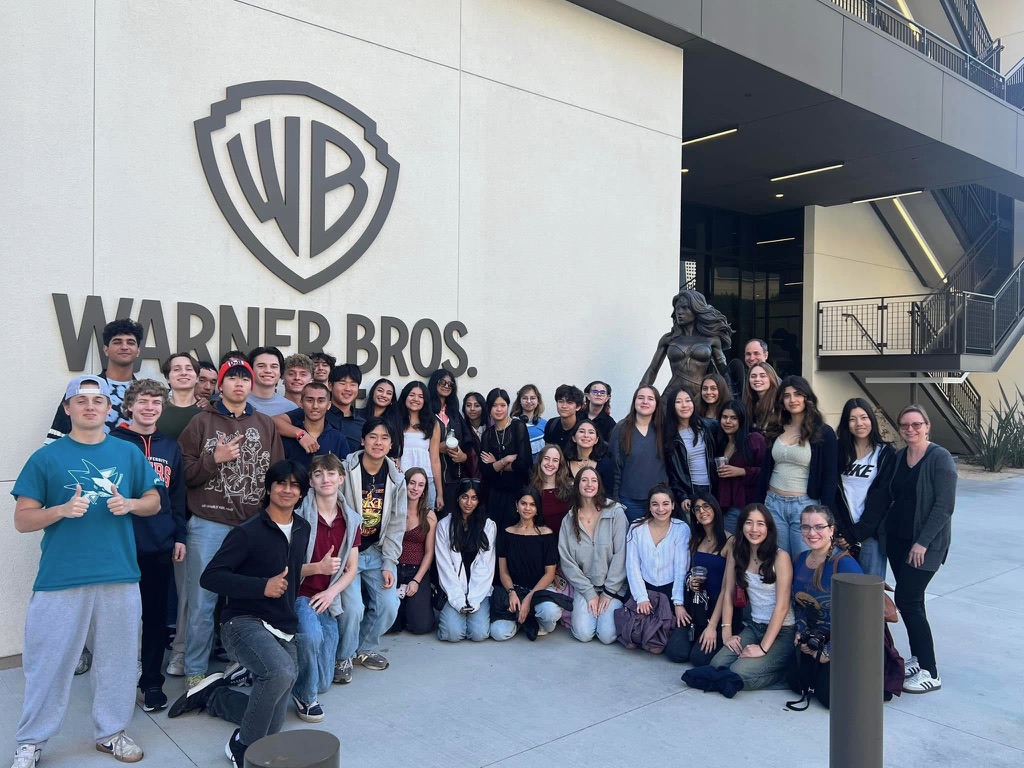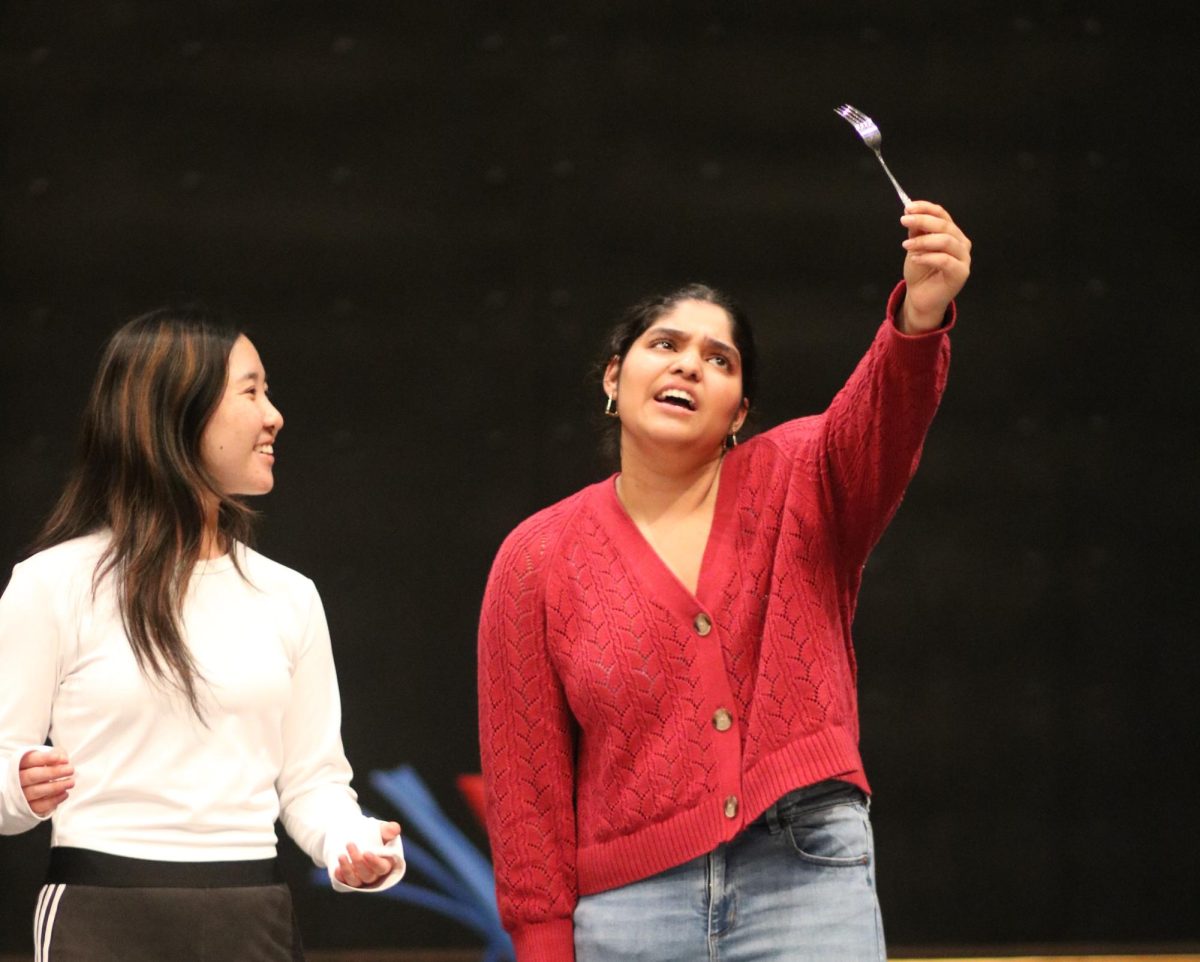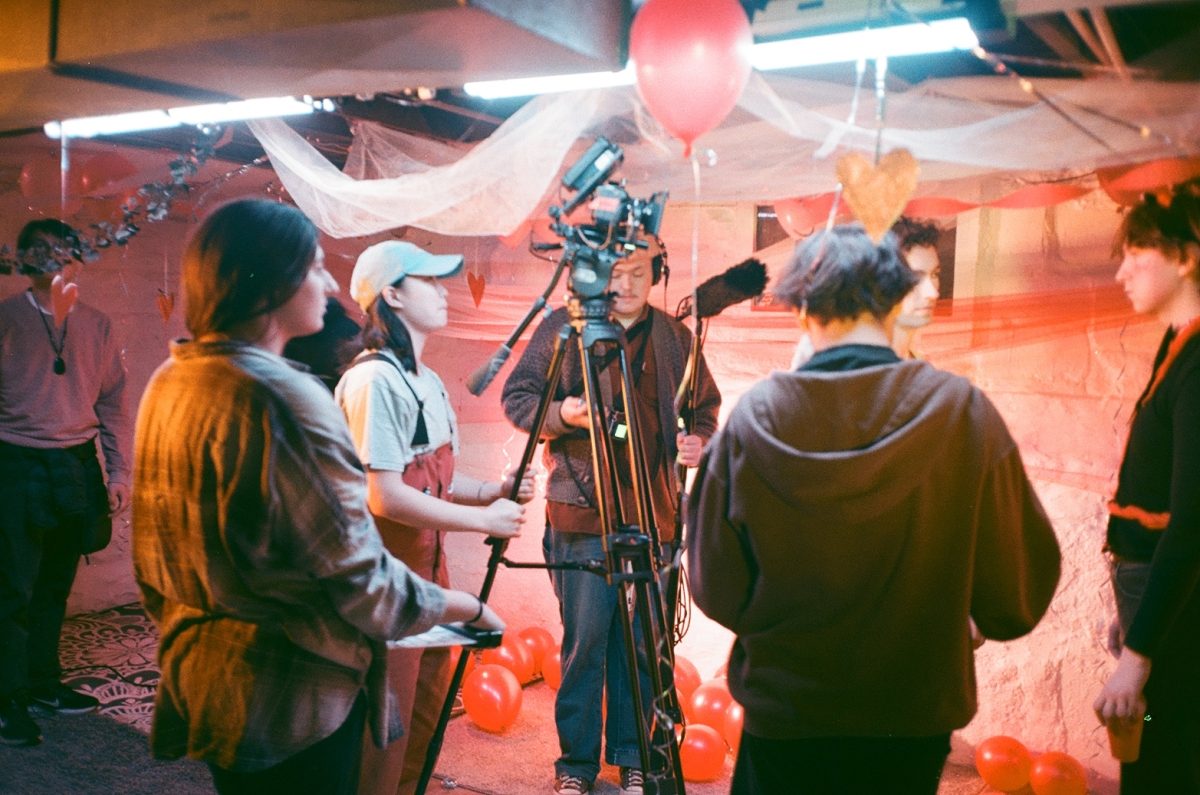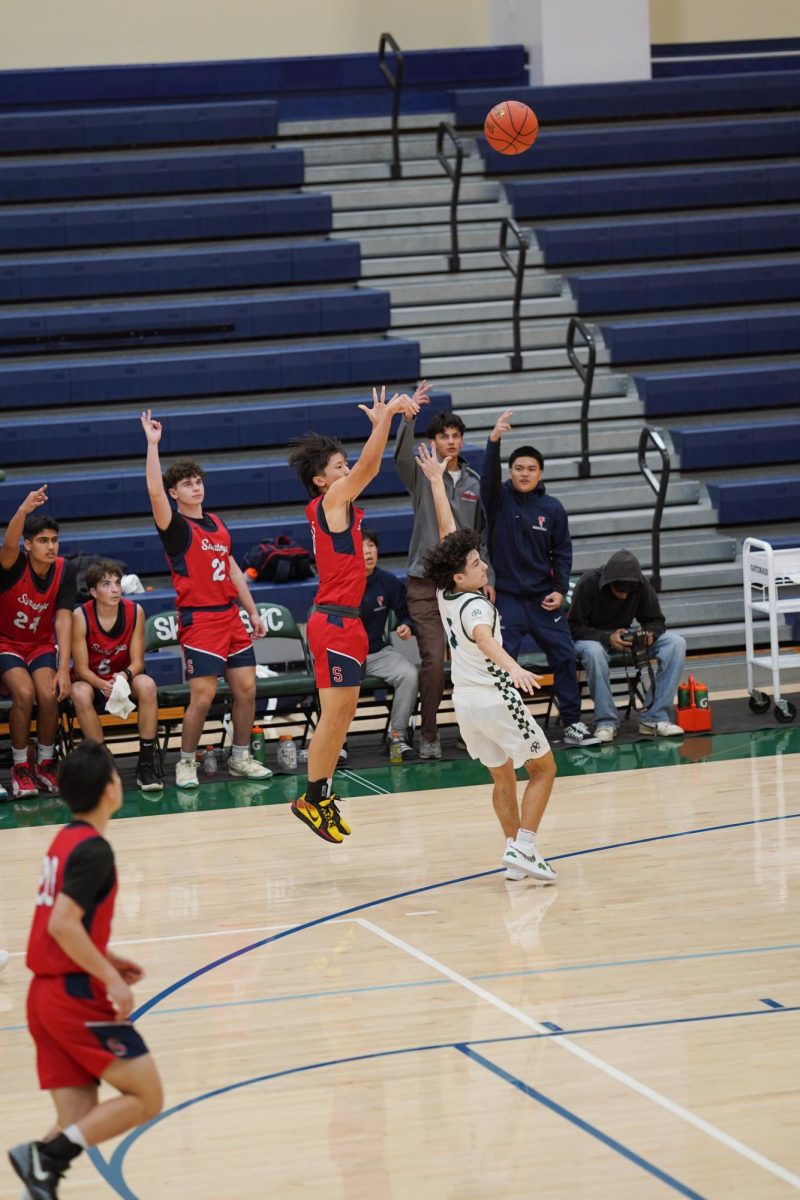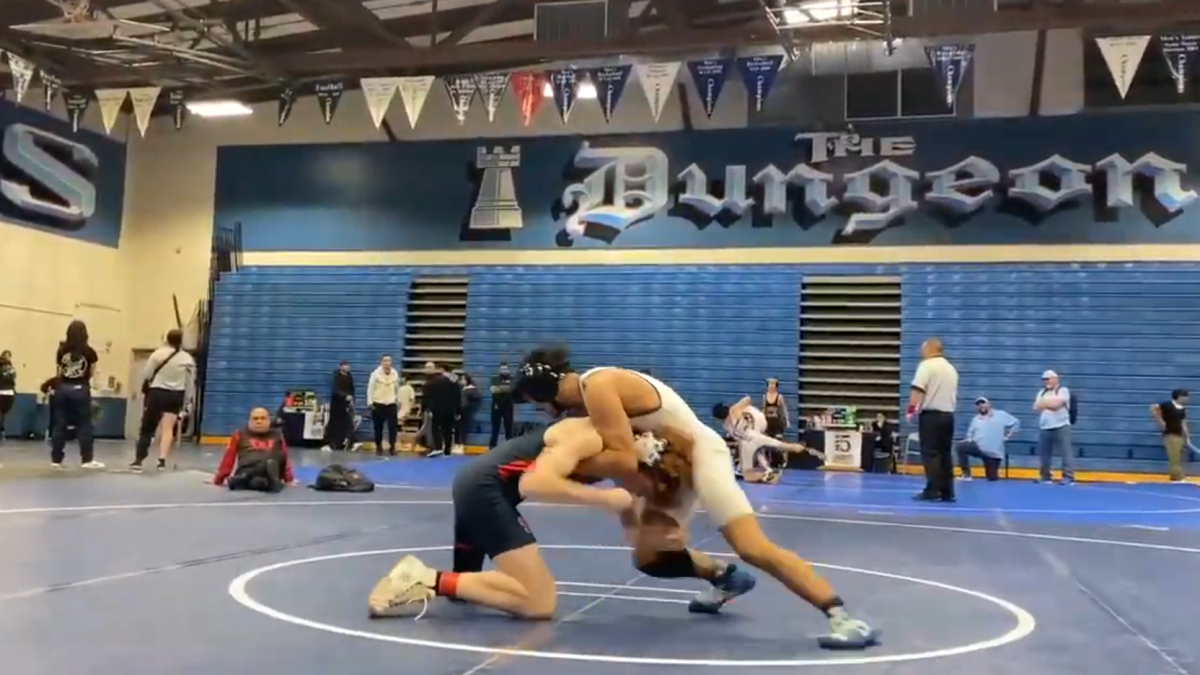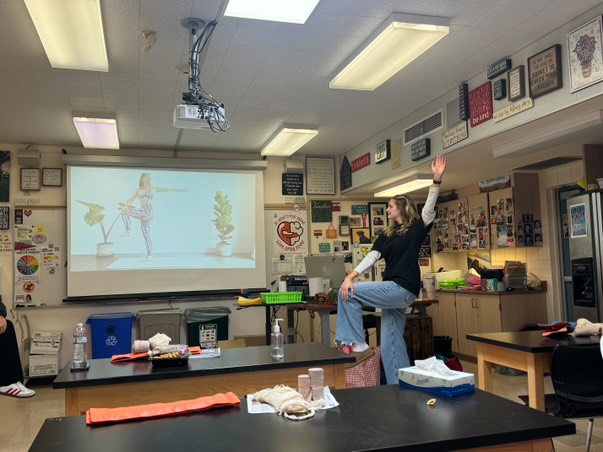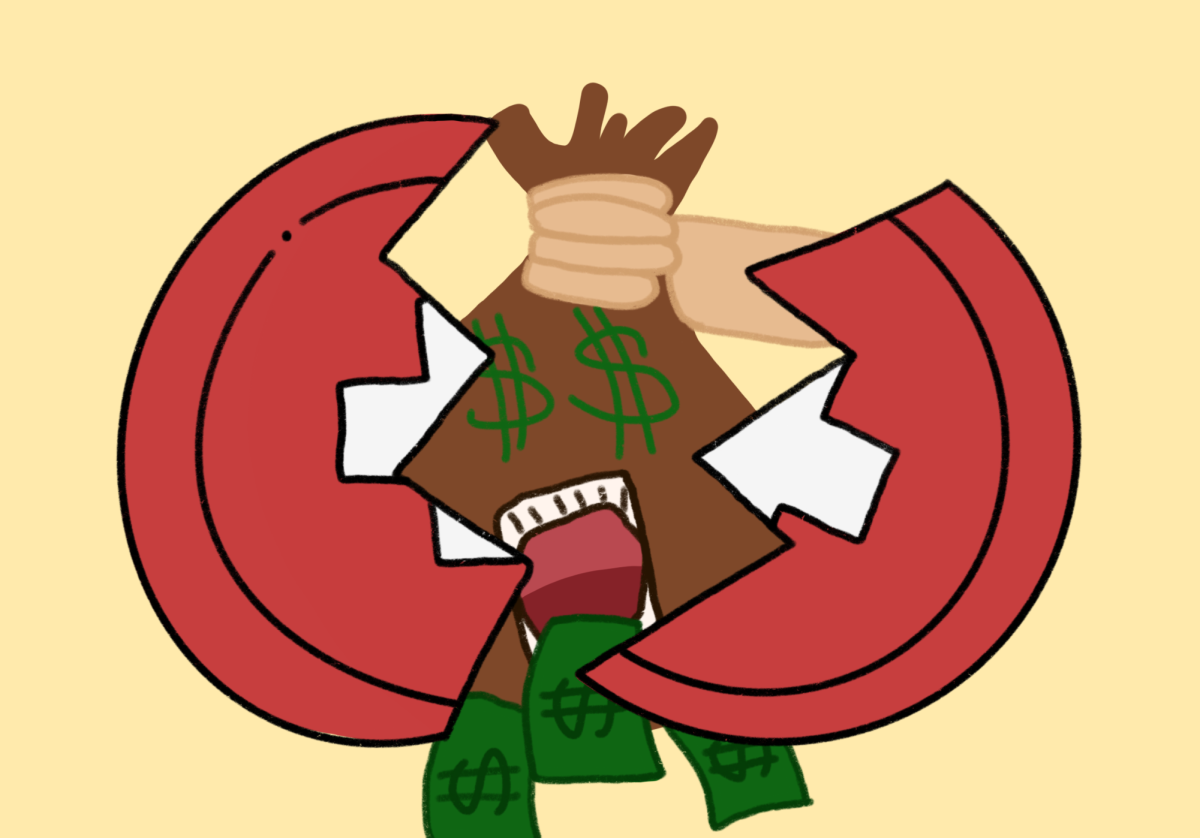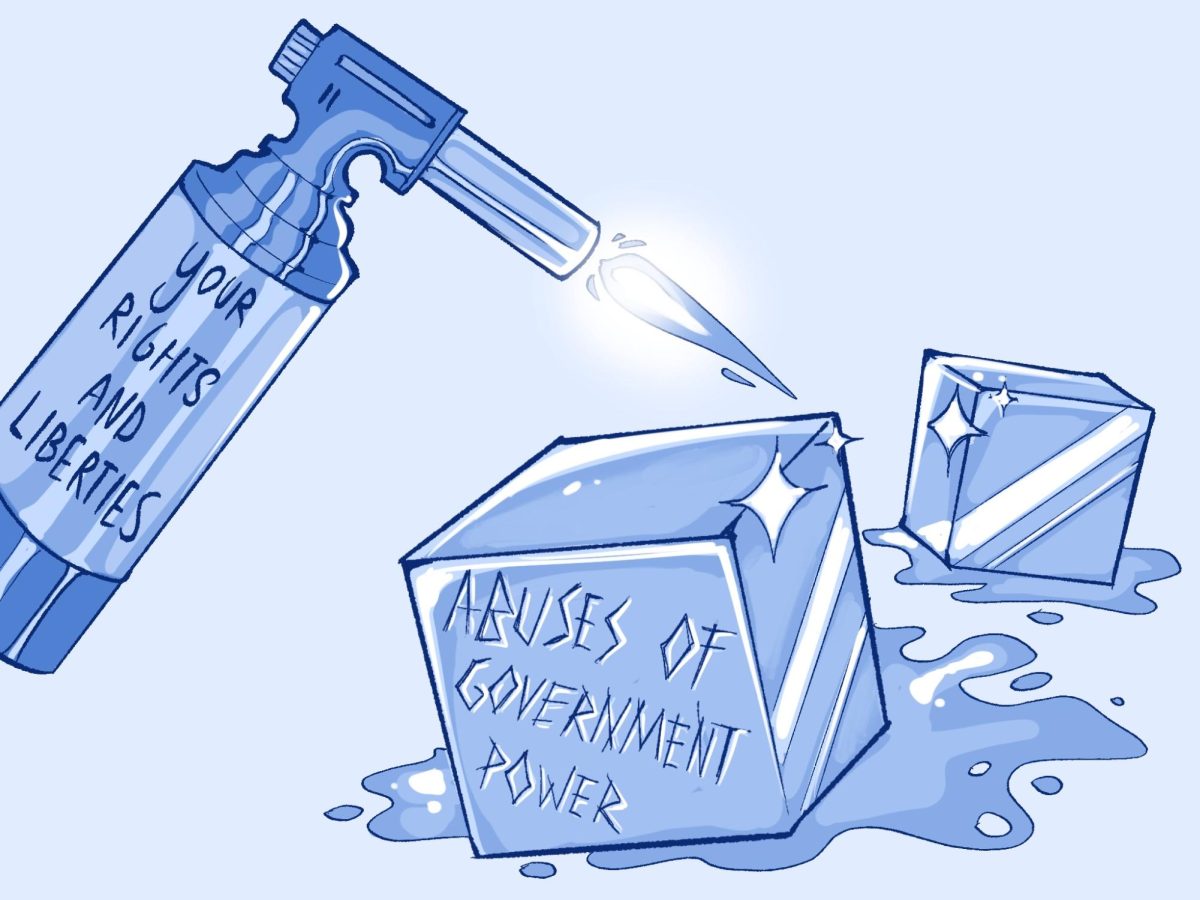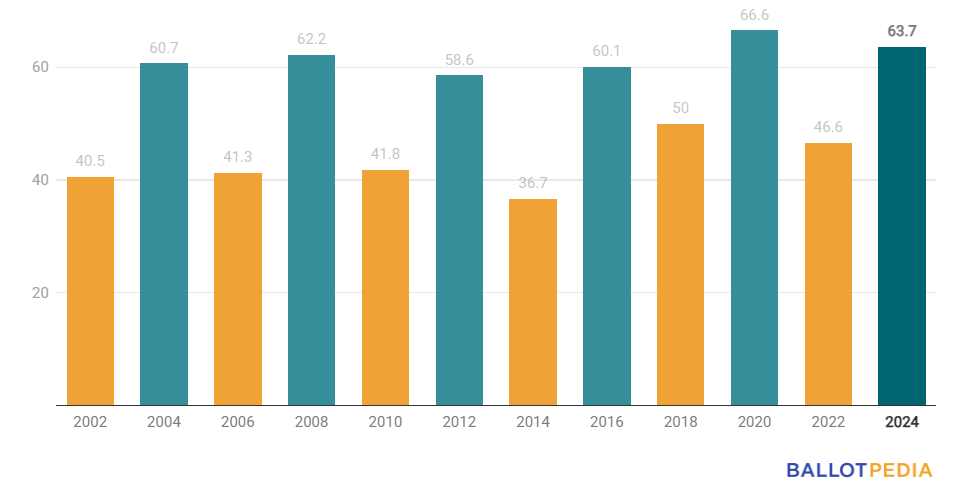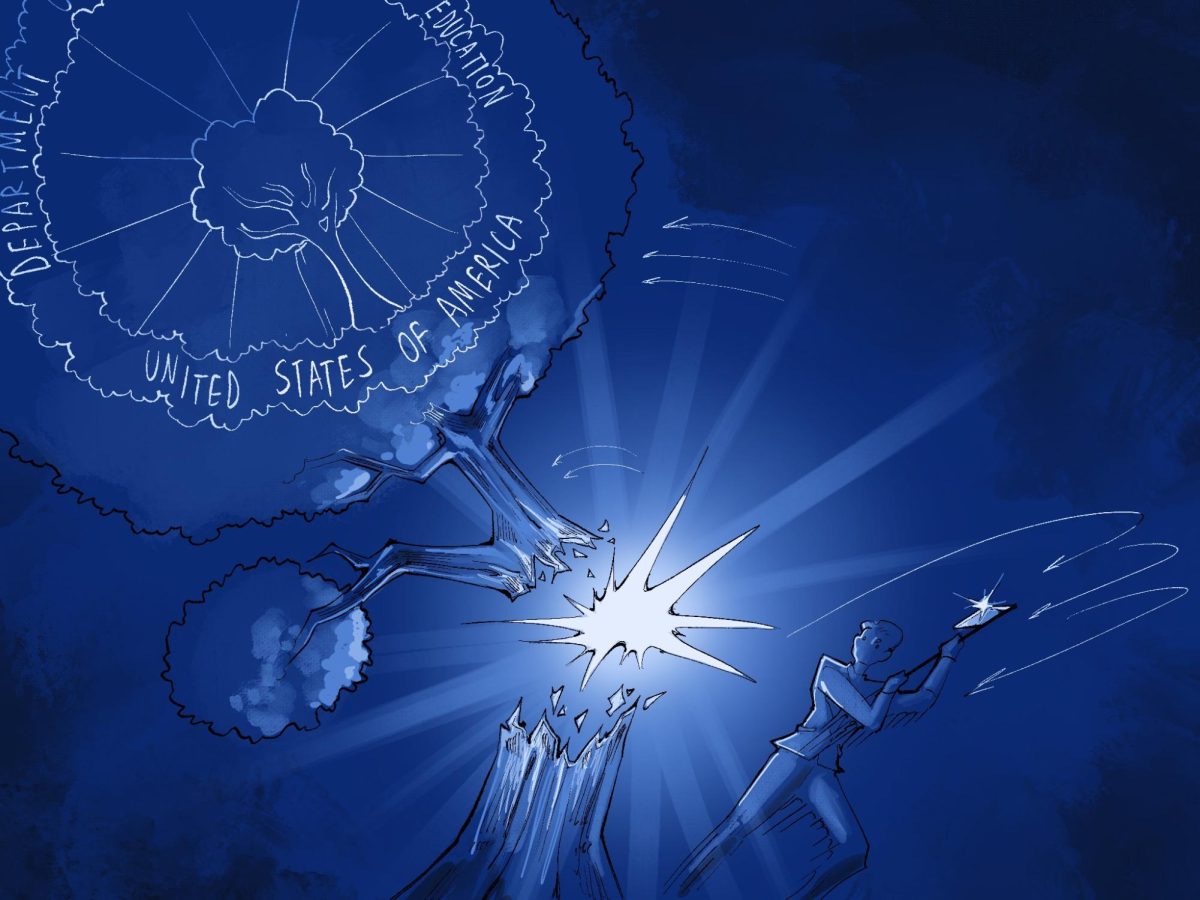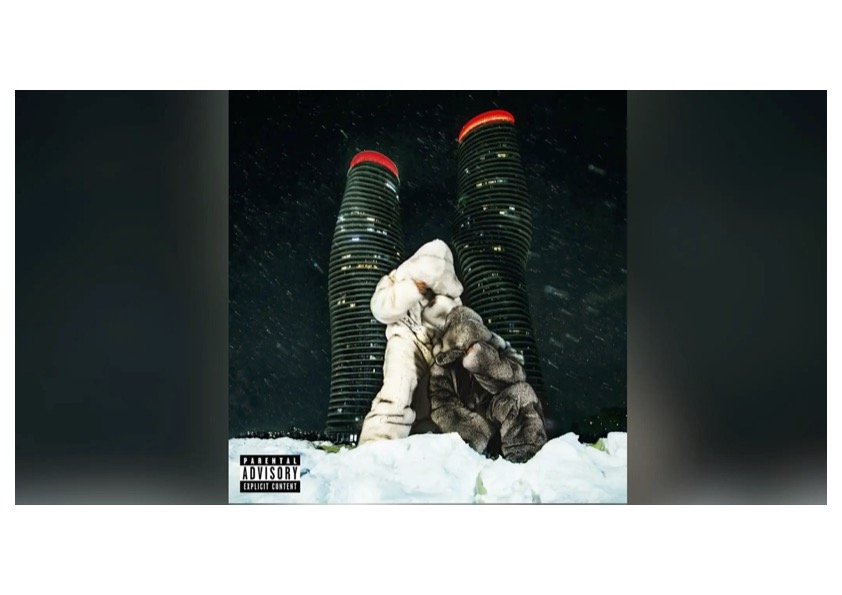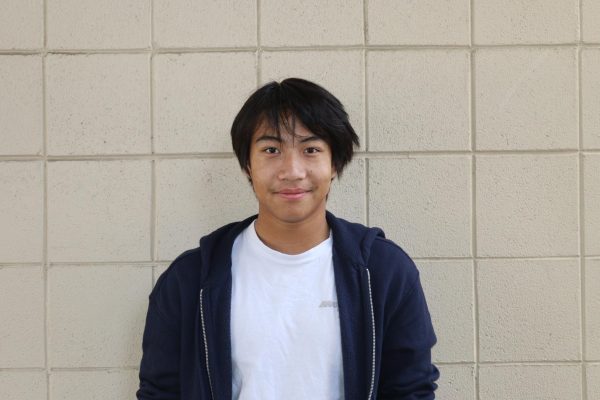Note: Spoilers ahead in this review.
The lights turned dim in the jam-packed AMC Mercado theater in Santa Clara as I eagerly awaited “Ne Zha 2.” A hush rippled through the crowd and eyes turned onto the big screen, unaware that they were about to witness a bit of cinematic history.
The original “Ne Zha” (2019) reimagines the legendary tale of a rebellious deity who challenges his fate by bringing destruction to his town. The film, directed and written by Jiaozi, became a massive success in China and gained international recognition. Now, its sequel had high expectations to meet, continuing the story of one of Chinese mythology’s most famous figures.
“Investiture of the Gods” by Xu Zhonglin, a classic 16th-century Chinese novel from the Ming era, serves as the foundation for the Chinese animated fantasy film. At its core, the novel depicts the struggle between King Zhou of Shang, a tyrant manipulated by the fox-spirit Daji and the rebel forces led by King Wu of Zhou, determined to end his rule. Immortals, demons and deities play pivotal roles in mortal affairs, shaping the destinies of both heroes and villains.
While being based on the tale, “Ne Zha” still takes creative liberties, narrating the character with a fresh narrative, and focusing on Ne Zha’s personal struggles rather than the grand political and divine conflicts of the novel.
The first movie adaptation begins with the chaos pearl, an unstable force that threatens the balance of the universe. To suppress this, the grandmaster of the Chan school of Taoism splits the pearl into two parts: the spirit pearl, destined to be reborn as a hero, and the demon pill, a force of destruction that was set to be destroyed by heavenly lightning after three years.
Ne Zha is mistakenly born from the Demon Orb instead of the Spirit Pearl, which was meant for him. Bringing destruction to the village the moment he was born, he was feared and shunned by his village ever since. The bildungsroman story line draws upon the theme of his struggles against his dark fate while defying the prophecy that he is destined to bring ruin.
Entering the cinematic world with a strong presence and major hit movie, the first “Ne Zha” movie (2019) was a blockbuster on its own — it became the highest-grossing animated film in China, surpassing “Zootopia.” It was the first animated feature to gross over $700 million in a single market and the highest-grossing non-English animated film at that time.
With breathtaking animation and an emotional story of self-determination, “Ne Zha” became a record-breaking success, setting the stage for its highly anticipated sequel.
“Ne Zha 2,” released on Jan. 29 in China, intentionally coincided with the Chinese New Year holiday before being released internationally on Feb. 14. Surpassing the first movie and crossing the $1 billion milestone in less than two weeks, “Ne Zha 2” is already approaching $1.9 billion in China alone. The film continues to boast impressive feats — while barely being played in the US, it is now competing with Hollywood films for global box office success.
One setback that hinders the further appeal of the sequel is that the film has received a lower level of international marketing and distribution than most mainstream films, contributing to its lesser-known status among American audiences. This, along with the dominance of Western animation studios like Disney and Pixar, also poses challenges for foreign-language animated films like “Ne Zha 2” to gain widespread recognition.
Still, how can a movie be this much of a success — amassing a plethora of positive reviews, boasting a Popcornmeter of 99% and continuing to exhibit remarkable momentum in its growth — all the while existing as a lesser-known franchise in the world?
The animation, graphics and fight scenes are nothing short of extraordinary
The film’s visuals are astounding — with different settings of the movie all featuring magical artistry that is illustrated with heavenly colors and flowing animation. With 138 animation companies and more than 4,000 crew members working on the movie over a 5-year period, the team took a total of 2,400 shots in the production.
One factor that plays a crucial role in the movie’s visuals is the fact that it is based on Chinese mythology. As a result, there are an endless number of creative scenes, characters and settings the movie’s creators could pull inspiration from.
Animators can create entire worlds that don’t exist in real life, bringing into scenes all of the supernatural creatures, powers and landscapes that have intricate designs. For example, the film constantly shifts between the three primary realms — the heavenly, mortal, and underworld realms — throughout its runtime of 144 minutes; within them, landscapes are drawn with a theme that corresponds to their locations. From the majestic architecture in the heavens to volcanic terrains in the underworld, the setting paves way for a variety of vivid imagery.
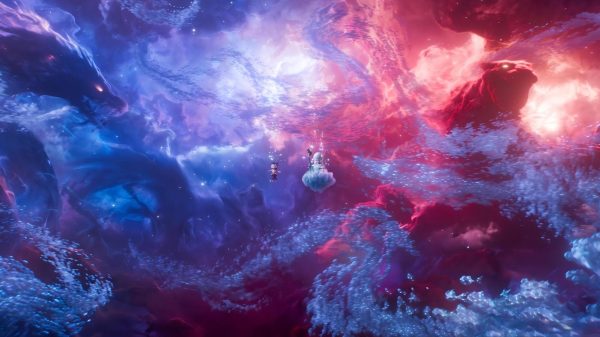
It’d be remiss not to mention the film’s action-packed entertainment. The fight scenes in the movie each have incredible imagination and detail, with plenty of them backed by an emotional intensity that helps the audience relate to the character’s motives on a deeper level. The fight scenes occur on massive scales, with all of the special effects and explosions creating a sense of catastrophe on the screen, and astonishment in viewers.
“Ne Zha 2” is more than great visuals
To the credit of the writer and director, the personalities of all the characters are dispersed and complex. Even the more antagonistic characters show a profound sense of morality and have a motivation that poignantly justifies their efforts.
This effect is best illustrated in the Dragon King Ao Guang, Ao Bing’s father, whose actions are villainous and antagonistic, yet reveal a caring side beneath the surface. Ao Guang, believing his son is dead, threatens the destruction of Chentang Pass — Ne Zha’s home — with the monsters imprisoned under his palace and the other three Dragon Kings of the Four Seas; however, his actions aren’t done with pure evil: They are driven solely by the desire to save his son, as he agrees to make a ceasefire deal when Ne Zha claims to be able to save Ao Bing.
The chemistry between Nezha and Ao Bing, the reincarnation of the spirit pearl, is also executed with grace. Because these characters were required to share Ne Zha’s body for Ao Bing to mask the demonic presence and pass the heavenly trials needed to earn a resurrection elixir, there was plenty of room for character development and creative action sequences.
It was such an interesting way to make both of their characters stand out, as viewers are really able to see how Ne Zha and Ao Bing’s differences complement one another in their journey. In one scene showing the adaptation of the characters during their training and preparations to fight, Ne Zha is portrayed as a reckless fighter, relying on sheer power and emotion; on the other hand, Ao Bing is more refined and strategic, reflecting his disciplined manner.
These differences, put together with Jiaozi’s unique setup of the two characters sharing a body, leads to dynamic action sequences where Ne Zha and Ao Bing’s contrasting fighting styles blend, moments of internal conflict as they struggle for control of the body and comedic mishaps when Ne Zha resists Ao Bing’s movements due to his fiery nature. Their reluctant partnership not only fuels the film’s humor but also deepens their character development as they learn to grow together.
In essence, “Ne Zha 2” is a compilation of glorious animations where every frame may as well be a painting. The film is accompanied by an intense storyline with emotional stakes and captivating action. “Ne Zha 2” excels not only in its visual aspect but also in its ability to develop complex characters and explore their struggles and growth. With its deserved solidified position in the upper echelons of cinematic history, “Ne Zha 2” is truly a film that needs to be seen on the largest screen possible.



